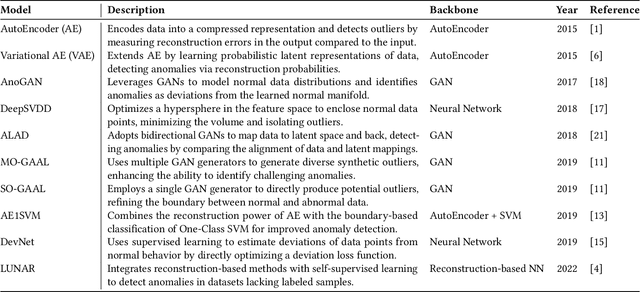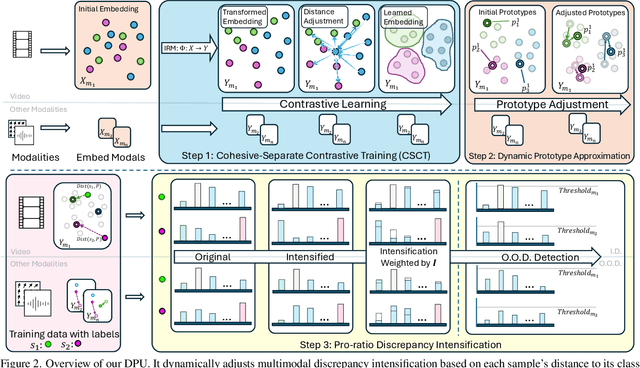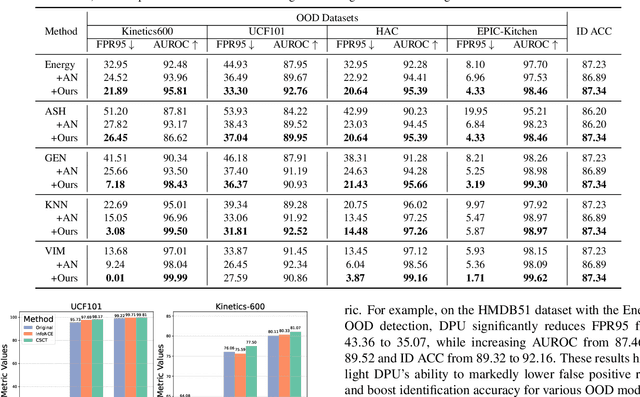Shawn Li
Don't Let It Hallucinate: Premise Verification via Retrieval-Augmented Logical Reasoning
Apr 08, 2025Abstract:Large language models (LLMs) have shown substantial capacity for generating fluent, contextually appropriate responses. However, they can produce hallucinated outputs, especially when a user query includes one or more false premises-claims that contradict established facts. Such premises can mislead LLMs into offering fabricated or misleading details. Existing approaches include pretraining, fine-tuning, and inference-time techniques that often rely on access to logits or address hallucinations after they occur. These methods tend to be computationally expensive, require extensive training data, or lack proactive mechanisms to prevent hallucination before generation, limiting their efficiency in real-time applications. We propose a retrieval-based framework that identifies and addresses false premises before generation. Our method first transforms a user's query into a logical representation, then applies retrieval-augmented generation (RAG) to assess the validity of each premise using factual sources. Finally, we incorporate the verification results into the LLM's prompt to maintain factual consistency in the final output. Experiments show that this approach effectively reduces hallucinations, improves factual accuracy, and does not require access to model logits or large-scale fine-tuning.
DecAlign: Hierarchical Cross-Modal Alignment for Decoupled Multimodal Representation Learning
Mar 14, 2025Abstract:Multimodal representation learning aims to capture both shared and complementary semantic information across multiple modalities. However, the intrinsic heterogeneity of diverse modalities presents substantial challenges to achieve effective cross-modal collaboration and integration. To address this, we introduce DecAlign, a novel hierarchical cross-modal alignment framework designed to decouple multimodal representations into modality-unique (heterogeneous) and modality-common (homogeneous) features. For handling heterogeneity, we employ a prototype-guided optimal transport alignment strategy leveraging gaussian mixture modeling and multi-marginal transport plans, thus mitigating distribution discrepancies while preserving modality-unique characteristics. To reinforce homogeneity, we ensure semantic consistency across modalities by aligning latent distribution matching with Maximum Mean Discrepancy regularization. Furthermore, we incorporate a multimodal transformer to enhance high-level semantic feature fusion, thereby further reducing cross-modal inconsistencies. Our extensive experiments on four widely used multimodal benchmarks demonstrate that DecAlign consistently outperforms existing state-of-the-art methods across five metrics. These results highlight the efficacy of DecAlign in enhancing superior cross-modal alignment and semantic consistency while preserving modality-unique features, marking a significant advancement in multimodal representation learning scenarios. Our project page is at https://taco-group.github.io/DecAlign and the code is available at https://github.com/taco-group/DecAlign.
AD-LLM: Benchmarking Large Language Models for Anomaly Detection
Dec 15, 2024



Abstract:Anomaly detection (AD) is an important machine learning task with many real-world uses, including fraud detection, medical diagnosis, and industrial monitoring. Within natural language processing (NLP), AD helps detect issues like spam, misinformation, and unusual user activity. Although large language models (LLMs) have had a strong impact on tasks such as text generation and summarization, their potential in AD has not been studied enough. This paper introduces AD-LLM, the first benchmark that evaluates how LLMs can help with NLP anomaly detection. We examine three key tasks: (i) zero-shot detection, using LLMs' pre-trained knowledge to perform AD without tasks-specific training; (ii) data augmentation, generating synthetic data and category descriptions to improve AD models; and (iii) model selection, using LLMs to suggest unsupervised AD models. Through experiments with different datasets, we find that LLMs can work well in zero-shot AD, that carefully designed augmentation methods are useful, and that explaining model selection for specific datasets remains challenging. Based on these results, we outline six future research directions on LLMs for AD.
PyOD 2: A Python Library for Outlier Detection with LLM-powered Model Selection
Dec 11, 2024


Abstract:Outlier detection (OD), also known as anomaly detection, is a critical machine learning (ML) task with applications in fraud detection, network intrusion detection, clickstream analysis, recommendation systems, and social network moderation. Among open-source libraries for outlier detection, the Python Outlier Detection (PyOD) library is the most widely adopted, with over 8,500 GitHub stars, 25 million downloads, and diverse industry usage. However, PyOD currently faces three limitations: (1) insufficient coverage of modern deep learning algorithms, (2) fragmented implementations across PyTorch and TensorFlow, and (3) no automated model selection, making it hard for non-experts. To address these issues, we present PyOD Version 2 (PyOD 2), which integrates 12 state-of-the-art deep learning models into a unified PyTorch framework and introduces a large language model (LLM)-based pipeline for automated OD model selection. These improvements simplify OD workflows, provide access to 45 algorithms, and deliver robust performance on various datasets. In this paper, we demonstrate how PyOD 2 streamlines the deployment and automation of OD models and sets a new standard in both research and industry. PyOD 2 is accessible at [https://github.com/yzhao062/pyod](https://github.com/yzhao062/pyod). This study aligns with the Web Mining and Content Analysis track, addressing topics such as the robustness of Web mining methods and the quality of algorithmically-generated Web data.
DPU: Dynamic Prototype Updating for Multimodal Out-of-Distribution Detection
Nov 12, 2024



Abstract:Out-of-distribution (OOD) detection is essential for ensuring the robustness of machine learning models by identifying samples that deviate from the training distribution. While traditional OOD detection has primarily focused on single-modality inputs, such as images, recent advances in multimodal models have demonstrated the potential of leveraging multiple modalities (e.g., video, optical flow, audio) to enhance detection performance. However, existing methods often overlook intra-class variability within in-distribution (ID) data, assuming that samples of the same class are perfectly cohesive and consistent. This assumption can lead to performance degradation, especially when prediction discrepancies are uniformly amplified across all samples. To address this issue, we propose Dynamic Prototype Updating (DPU), a novel plug-and-play framework for multimodal OOD detection that accounts for intra-class variations. Our method dynamically updates class center representations for each class by measuring the variance of similar samples within each batch, enabling adaptive adjustments. This approach allows us to amplify prediction discrepancies based on the updated class centers, thereby improving the model's robustness and generalization across different modalities. Extensive experiments on two tasks, five datasets, and nine base OOD algorithms demonstrate that DPU significantly improves OOD detection performance, setting a new state-of-the-art in multimodal OOD detection, with improvements of up to 80 percent in Far-OOD detection. To facilitate accessibility and reproducibility, our code is publicly available on GitHub.
 Add to Chrome
Add to Chrome Add to Firefox
Add to Firefox Add to Edge
Add to Edge